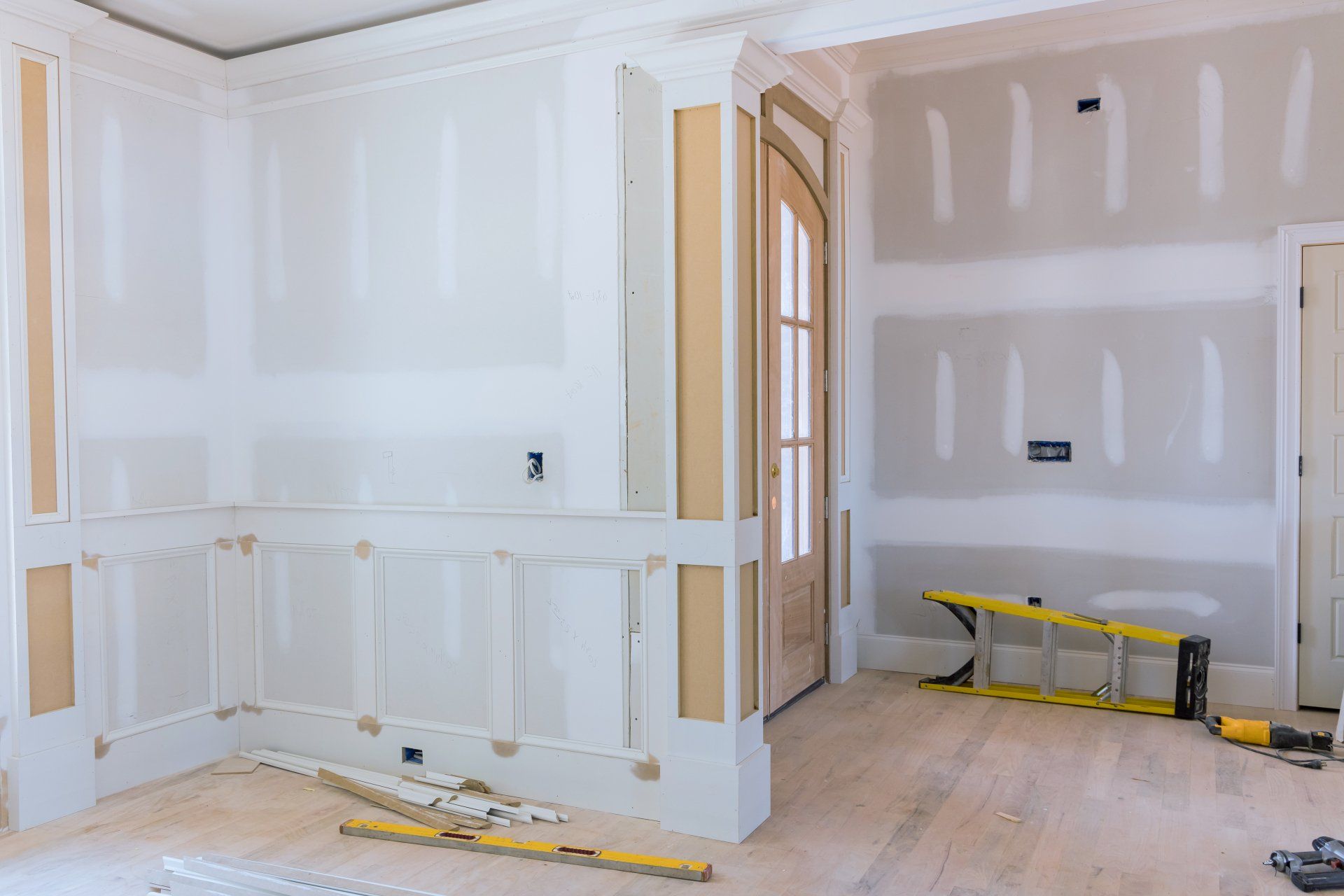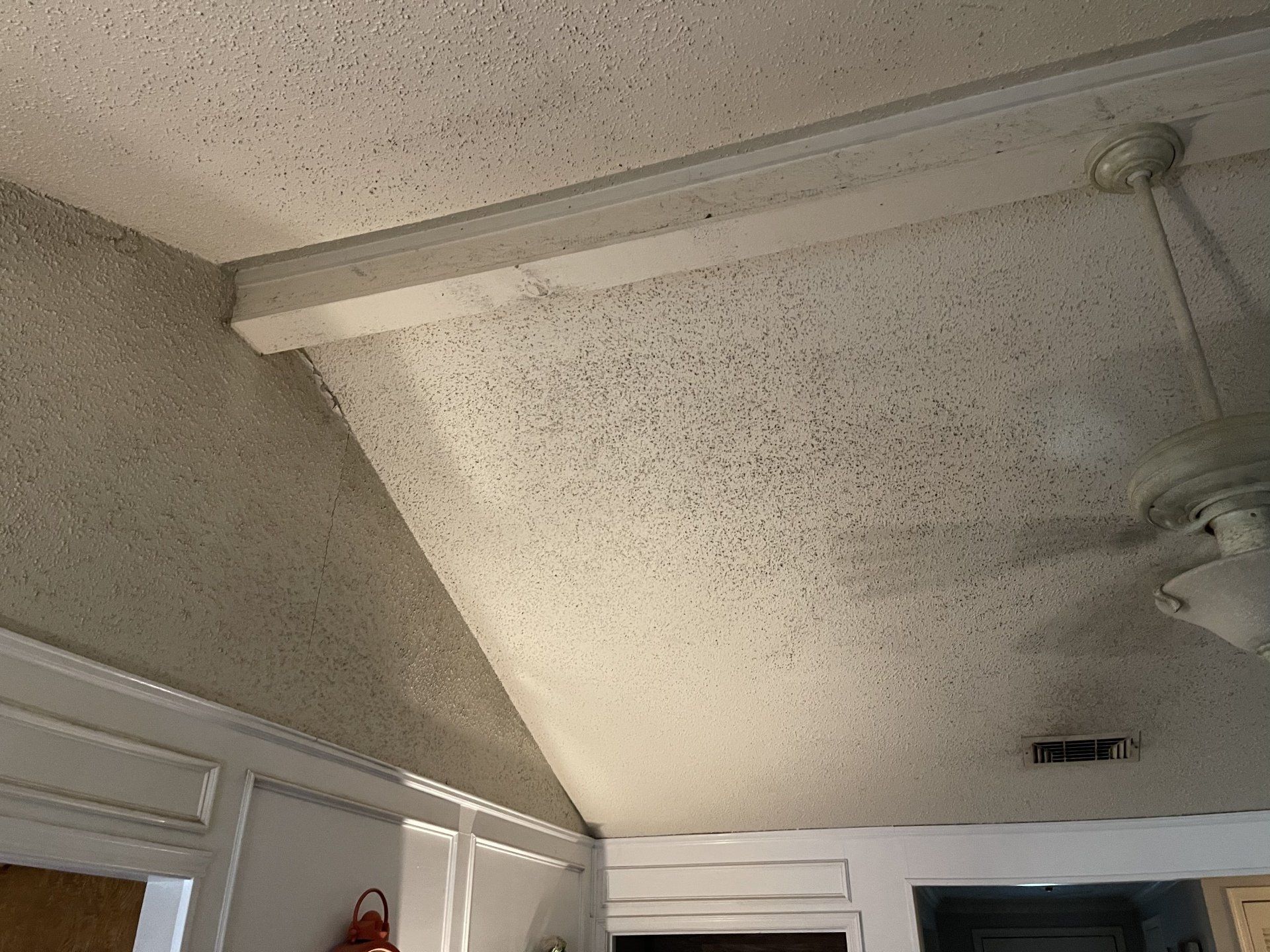Defending Your Walls: Understanding and Addressing Drywall Water Damage
A Comprehensive Guide to Protecting Your Home from Moisture Mishaps
Your home is your sanctuary, a place where you find comfort, security, and peace. But even the sturdiest of homes can fall victim to an invisible intruder – moisture. Among the various challenges homeowners face, drywall water damage ranks high on the list. It's a sneaky adversary that can creep into your walls and ceilings, causing not only unsightly stains but also potential structural issues and health hazards like mold growth.
In this comprehensive guide, "A Comprehensive Guide to Protecting Your Home from Moisture Mishaps," we will embark on a journey to arm you with knowledge and practical strategies to safeguard your abode against the perils of moisture infiltration. From understanding the underlying causes of drywall water damage to implementing preventive measures and effectively addressing it when it strikes, we've got you covered.
Our mission is to empower you with the information you need to take proactive steps in defending your walls, preserving your home's integrity, and ensuring that your cherished space remains a haven of comfort and tranquility. So, let's dive into the world of moisture management and discover the tools and insights to keep your home dry, safe, and in pristine condition.

Drywall is a common building material used in residential and commercial construction. It provides a smooth, finished surface for interior walls and ceilings. However, drywall is vulnerable to water damage, which can lead to unsightly stains, structural issues, and even mold growth. In this article, we will explore the causes of drywall water damage, how to prevent it, and the steps to remediate it when it occurs.
Causes of Drywall Water Damage
- Plumbing Leaks: One of the most common causes of drywall water damage is plumbing leaks. These can occur in water supply lines, drain pipes, or even the HVAC system. Slow, hidden leaks can saturate drywall over time, leading to extensive damage before they are detected.
- Roof Leaks: Roof leaks are another common culprit. Damaged or improperly installed roofing materials, clogged gutters, or severe weather can cause water to infiltrate your home, damaging not only the roof but also the drywall and other interior materials.
- Flooding: Natural disasters such as floods can cause severe drywall water damage. The rapid and extensive water exposure can lead to the complete replacement of affected drywall sections.
- Condensation: In high-humidity environments, condensation can form on the interior surface of drywall. Over time, this moisture can lead to mold growth and damage the drywall's structural integrity.
Preventing Drywall Water Damage
- Regular Maintenance: To prevent drywall water damage, conduct regular inspections of your plumbing system, roof, and gutters. Address any leaks or issues promptly to avoid long-term damage.
- Proper Installation: Ensure that your roofing and siding are correctly installed to prevent water infiltration. Invest in quality roofing materials and keep gutters and downspouts clean and free-flowing.
- Waterproofing: Consider using waterproofing products on drywall in areas prone to moisture, such as bathrooms and basements. These products create a barrier that repels water and prevents damage.
- Ventilation: Proper ventilation in areas like bathrooms and kitchens is crucial to prevent excess moisture and condensation. Use exhaust fans or open windows to promote air circulation.
- Insulation: Properly insulate your home to reduce the likelihood of condensation forming on drywall surfaces due to temperature differences between indoor and outdoor environments.
Remediating Drywall Water Damage
- Identify the Source: Before repairing drywall water damage, identify and fix the source of the water intrusion to prevent further issues.
- Remove Damaged Material: Cut away the damaged drywall, making sure to cut at least 12 inches beyond the visible damage to ensure you remove all compromised areas.
- Dry and Dehumidify: Thoroughly dry the affected area using fans, dehumidifiers, and open windows. Ensure there is no residual moisture, as this can lead to mold growth.
- Repair and Replace: Replace the damaged drywall with new material, securing it properly. Use joint compound and tape to create smooth seams, and finish the surface with paint or texture to match the surrounding area.
- Mold Prevention: Apply a mold-resistant primer and paint in areas prone to moisture to prevent mold growth.
Conclusion
Drywall water damage can be a significant issue in any home or commercial building. Preventing such damage through regular maintenance and proper construction techniques is essential. When damage does occur, addressing it promptly and thoroughly is crucial to prevent further issues and maintain the integrity of your property. By understanding the causes, prevention measures, and remediation steps for drywall water damage, you can protect your investment and ensure the longevity of your building's interior surfaces. Aldo's drywall Contracting services provide both preventing and repairing drywall damage caused by water infiltration.
You might also like



